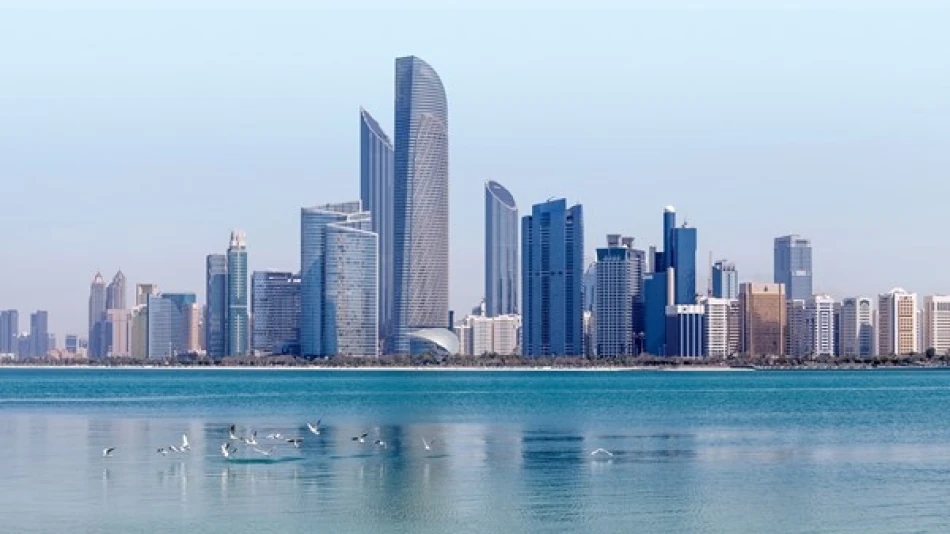
Potential Heavy Rainfall Expected Tomorrow, Caution Advised
UAE Braces for Temperature Extremes as Summer Heat Peaks at 49°C
The UAE's National Center of Meteorology forecasts another scorching day ahead, with temperatures reaching a blistering 49°C in inland areas while coastal regions experience high humidity levels up to 90%. The weather pattern reflects the country's typical summer conditions, with afternoon thunderstorms expected in eastern and southern regions, followed by potential fog formation that could impact morning visibility and transportation networks.
Regional Temperature Variations Paint Stark Climate Picture
The temperature forecast reveals the UAE's diverse microclimates in full display. Liwa, positioned in the country's desert interior, will bear the brunt of extreme heat with temperatures soaring to 49°C, while the eastern coastal city of Fujairah enjoys relatively cooler conditions with highs of just 34°C—a remarkable 15-degree difference across the small nation.
Abu Dhabi and Al Ain will experience identical maximum temperatures of 47°C, highlighting how inland positioning amplifies heat intensity. Dubai and Sharjah, despite their coastal locations, will still face sweltering 45°C highs, though their proximity to the Arabian Gulf provides some moderating influence.
Humidity Creates Double Challenge for Residents
The combination of extreme heat and high humidity presents a formidable challenge for the UAE's 10 million residents and millions of annual visitors. Coastal areas including Abu Dhabi, Fujairah, and the smaller emirates will experience humidity levels reaching 85-90%, creating oppressive conditions that make temperatures feel significantly higher than recorded values.
This weather pattern is particularly significant for the UAE's massive construction and outdoor workforce, forcing companies to implement strict midday work bans and heat stress protocols. The country's substantial investment in air conditioning infrastructure—accounting for roughly 70% of peak electricity demand—will face another stress test as cooling systems work overtime.
Maritime Conditions Favor Offshore Activities
In contrast to the terrestrial heat dome, maritime conditions offer respite with light to moderate wave conditions in both the Arabian Gulf and Sea of Oman. The Arabian Gulf will experience its primary high tide at 19:50, while the Sea of Oman sees its first high tide earlier at 14:30, providing optimal conditions for the UAE's thriving maritime tourism and fishing industries.
Weather Patterns Signal Peak Summer Intensity
The forecast represents typical peak summer conditions for the Arabian Peninsula, where high-pressure systems create clear skies and intense solar heating. The predicted afternoon cumulus cloud formation in eastern and southern regions follows established patterns where desert heating creates localized convection, occasionally producing brief but intense rainfall.
The potential for fog formation during nighttime and early Monday morning, particularly in western regions, reflects the dramatic temperature differential between day and night conditions. This phenomenon, while providing slight cooling relief, poses visibility challenges for the UAE's extensive road networks and busy airports.
Wind patterns remain manageable with speeds ranging from 10-25 km/h, occasionally gusting to 35 km/h. The southeastern to northeastern wind direction suggests stable atmospheric conditions without the dust storms that sometimes plague the region during transitional seasons.
 Layla Al Mansoori
Layla Al Mansoori







